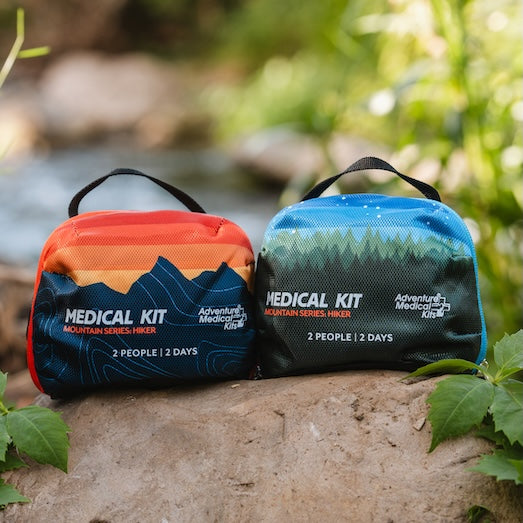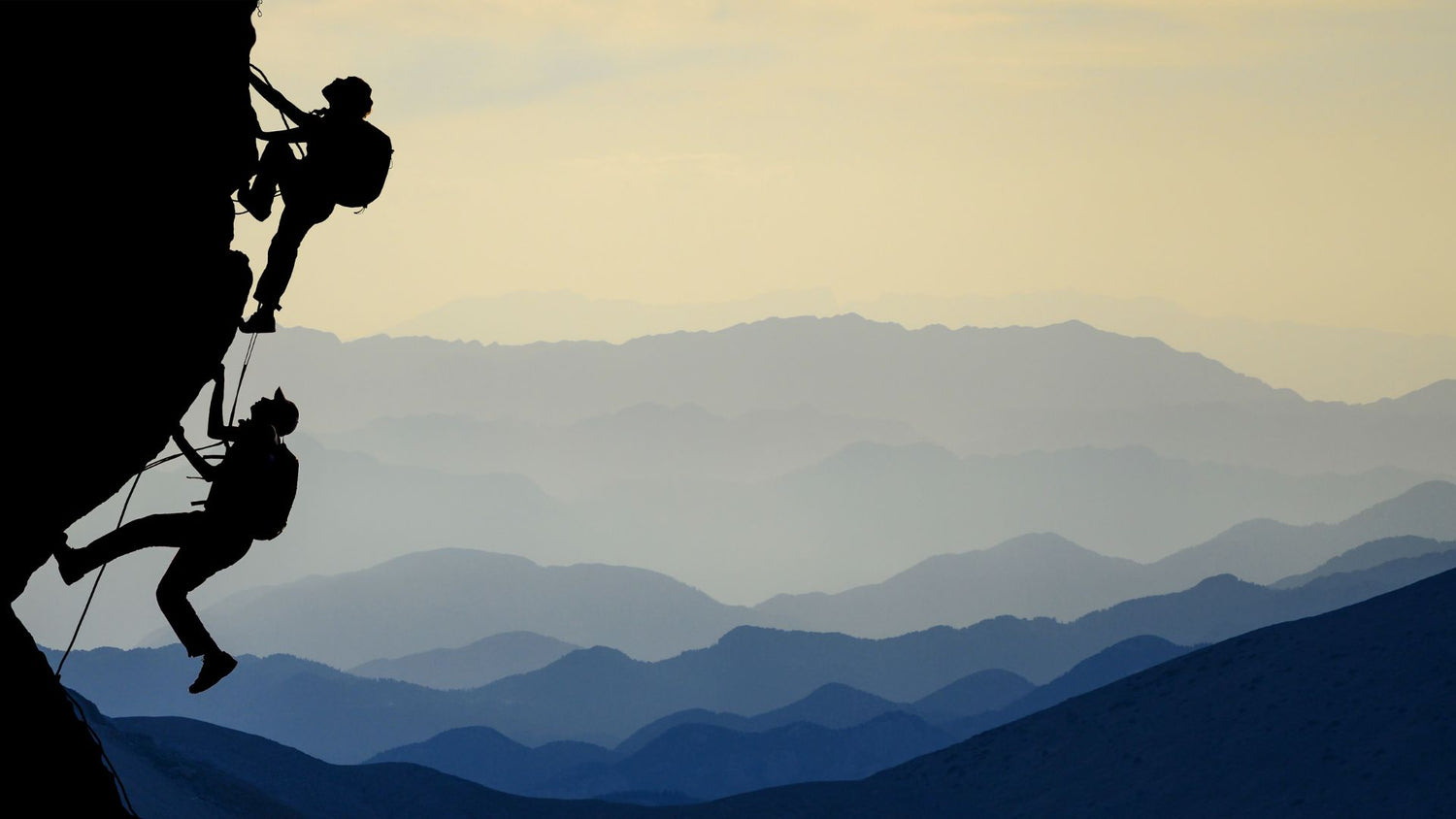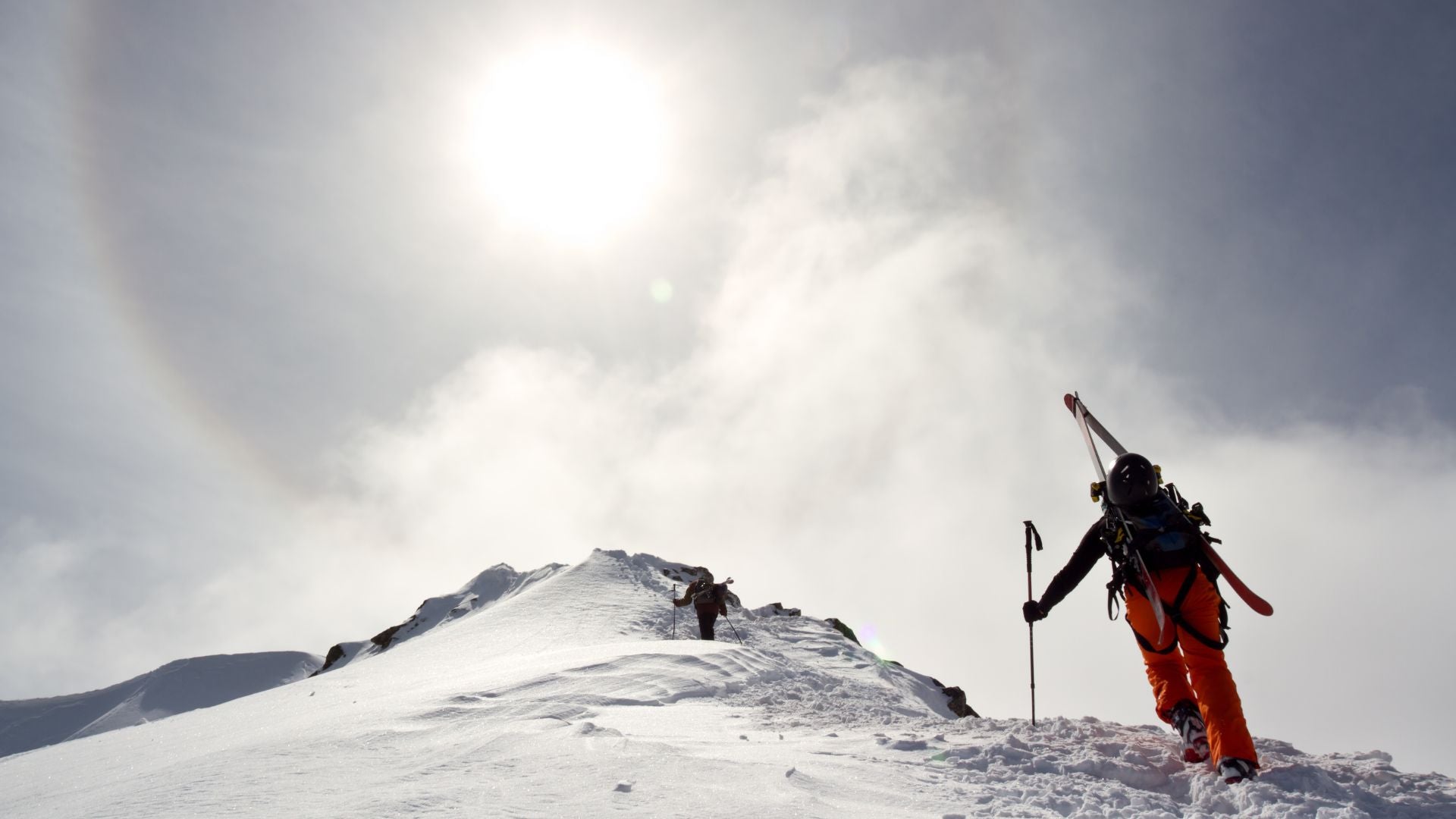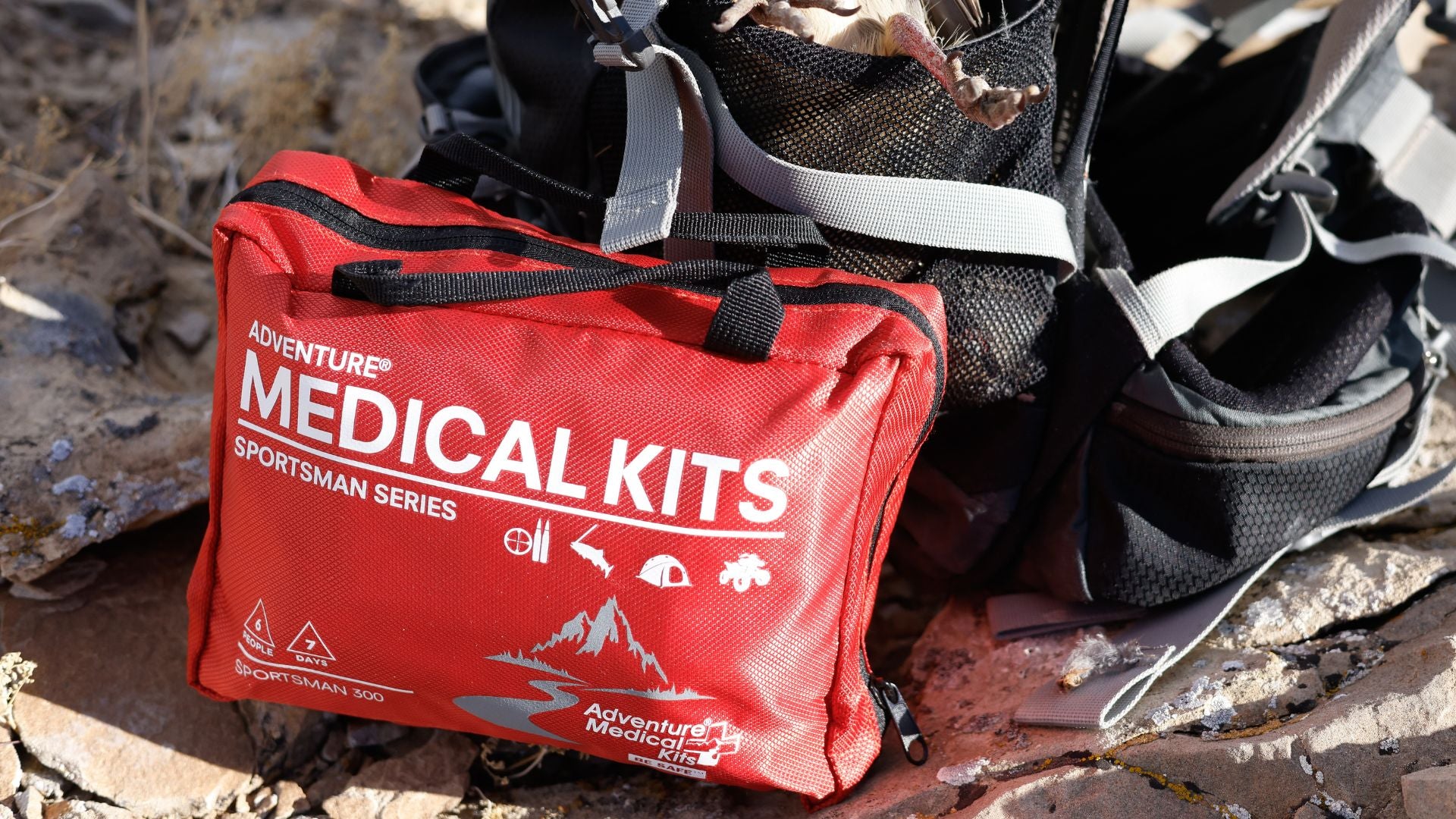By Chelsea Miller
Planning for adventure travel can be exciting and intimidating. Sometimes trip planning takes months, even years; other times, it takes just a few hours. The process, however, remains essentially the same, whether you’re prepping for a weekend backpacking trip or a long expedition.
I plan the majority of adventures in my backyard, as I’m lucky enough to call the White Mountains home. Even though I may have done a hike in the Whites many times before, it still requires a cursory check of the weather and trail conditions in order to properly prepare. The time taken to plan a trip helps me build excitement and ultimately have a better time. While you can never account for every detail (and why would you want to?), striking the perfect balance between preparation, spontaneity, and flexibility can lead to a perfectly executed adventure.
Adventure Travel: The Planning Process
Where to Wander
This is the fun part of trip planning. Where does your mind go when it wanders? Do you need a warm weather adventure to break up a cold northeastern winter? Do you dream of carving perfect lines in an Alaskan snowfield? Do you want to show a friend your favorite nearby hike? There is freedom in making this choice, as you can go WHEREVER you want. You don’t have to go to the trendiest spot on Instagram or follow any “50 places you must see before you die” lists – go where will make you the most happy and feel the most accomplished.
What goals do you want to achieve? This varies from person to person. For me, my adventure travel goals are place oriented – I want to explore Banff National Park, or go trekking in Peru. On the other hand, my husband’s goals are much more specific – he wants to climb Beckey-Chouinard in the Bugaboos and summit Alpamayo. Traveling in groups requires more compromise than traveling solo; however, having a travel partner (or partners) will also drive you to take trips you never considered or thought possible. Last summer, along with a group of incredible friends, I took a trip to Alberta and British Columbia. The centerpiece of this adventure was a week of climbing in Bugaboo Provincial Park.
While I always wanted to visit Banff, I hadn’t heard of the Bugaboos until one of our friends brought it up. Immediately, I was entranced by the towering spires and beautiful scenery. All it takes is some planning to make your travel dreams a reality.
Do Your Research
Become an expert on wherever you’re going. Not only will it help you have a more enjoyable, less stressful trip, but it will also save you some trouble down the line. What is the best season to visit your desired location? Will you need any permits? The research you do at home can give you more confidence in making spontaneous decisions and help keep you out of dangerous or potentially disappointing scenarios in your adventure travel. In doing research for the Bugaboos, I came across an interesting piece of information. At the trailhead, which is miles back on a winding mountain road, you must wrap your car in chicken wire to prevent the local porcupines from chewing through your brake lines.
Imagine arriving at your car after an exhausting week climbing in the backcountry, ready for a shower and a burger – only to find your brake lines severed by a hungry porcupine. A little research goes a long way to ensure that you run into minimal roadblocks and understand what you’re getting yourself into.
Beyond ensuring you have less issues, research also helps build excitement for the trip. Looking into trip reports and reading guidebooks allows you to foster excitement about the trip to come. While I was intimidated by the classic routes in the Bugaboos, I was able to research a number of routes within (or just beyond) my current climbing level. This gave me motivation to train harder in preparation for the trip and gave me a realistic idea of what routes would put me in a dangerous situation. While it’s important to put yourself out of your comfort-zone and adventure travel can be a great way to do that, research will ensure that you do so without taking on undue risk.
Pack Your Bags
As anyone who has ever traveled with me can confirm, I love my packing lists. I write them out by hand and edit them in the weeks leading up to the trip. I love traveling light, but hate being unprepared. Drafting a packing list ahead of time helps me whittle down the list so that by the time we leave, only the essentials remain.
In the Bugaboos, I knew we would be experiencing snow and cold temperatures, but I was leaving from a warm August in New England. I drafted my first packing list after a winter hike in March when cold, blustery summits were still fresh in my mind. Who knows if I would have remembered all of my winter layers and my Escape Bivvy if I had waited until a 900 summer day to pack my bag!
Hone Your Inner Fortune Teller
Wouldn’t it be nice if you could foresee and prevent all potential problems? While this is unreasonable, there are a few things you can do to ensure preventable issues don’t arise. I try to think through the entirety of my trip – is there anything I can do to prevent major issues? The centerpiece of our Canada adventure trip was Rock Climbing, and I knew we would be devastated if we weren’t able to do any climbing.
For this reason, we carried all of our essential rock climbing gear on the plane with us. (Note: after some research before doing this, we found out that TSA is only bothered by nut tools – keep that in your checked luggage). While we got a thorough check when going through security (and our bags ended up safely meeting us in Calgary), it gave us piece of mind knowing that, if something were to go wrong and our bags didn’t end up joining us, we could still climb. While you don’t always want to plan for “worst case scenario,” some preemptive problem solving can make your trip run smoothly.
Be Flexible
The most important part is remembering why you’re taking the trip in the first place.
When a plan goes awry, the only thing to do is maintain an optimistic attitude and remain flexible. You can plan all you want, but sometimes Mother Nature and unforeseen circumstances get the best of you. All you can do is rely your knowledge, and adjust.
Although a lot goes into planning adventure travel, the most important part is remembering why you’re taking the trip in the first place. Whether you have a major goal in mind or want to soak in the beautiful scenery of a new place, make sure to enjoy the journey. Time to start dreaming – safe travels!














